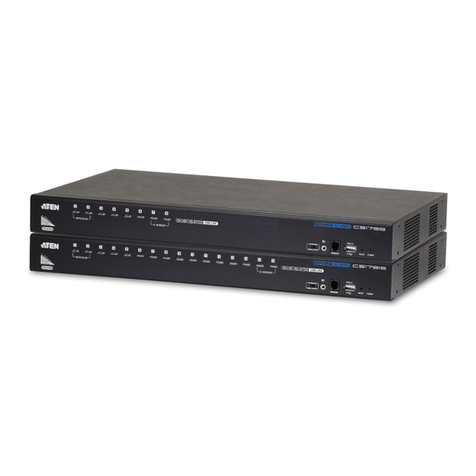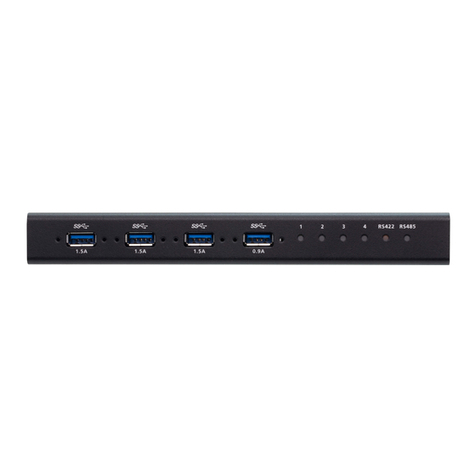ATEN CS782DP User manual
Other ATEN Switch manuals

ATEN
ATEN ES0152 User manual
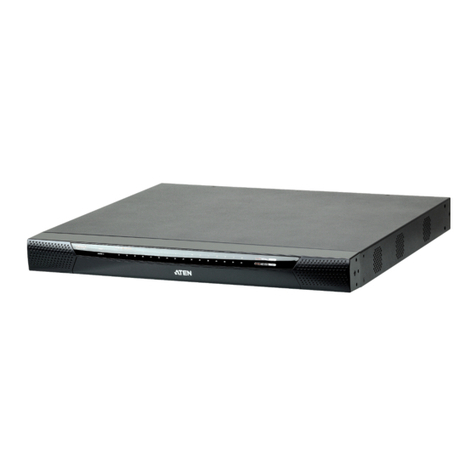
ATEN
ATEN KN2100VA User manual

ATEN
ATEN VM1616T User manual
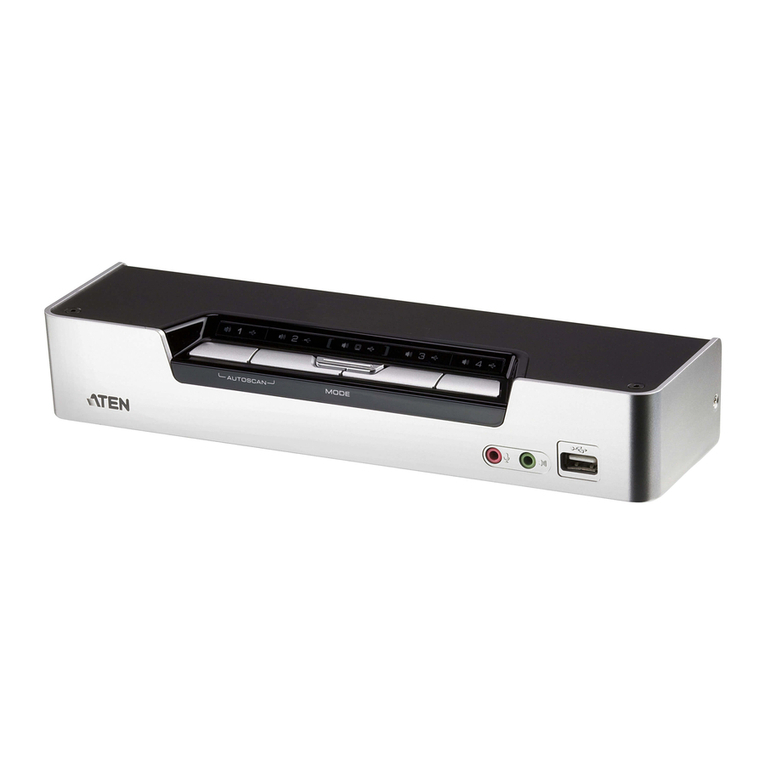
ATEN
ATEN CS1792 User manual
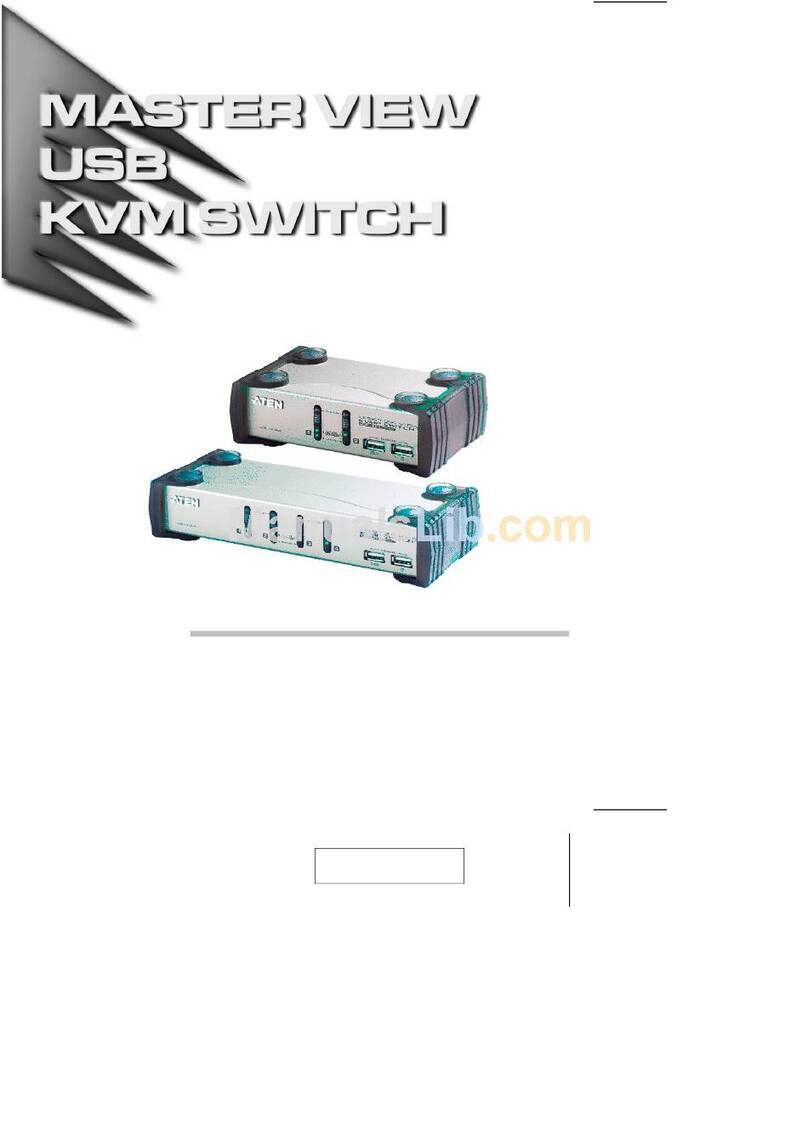
ATEN
ATEN Master View CS-1732 User manual
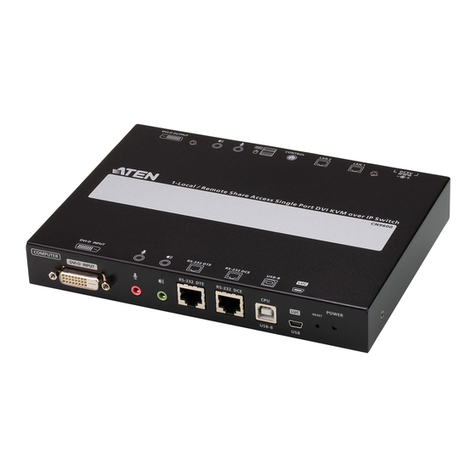
ATEN
ATEN CN9600 User manual
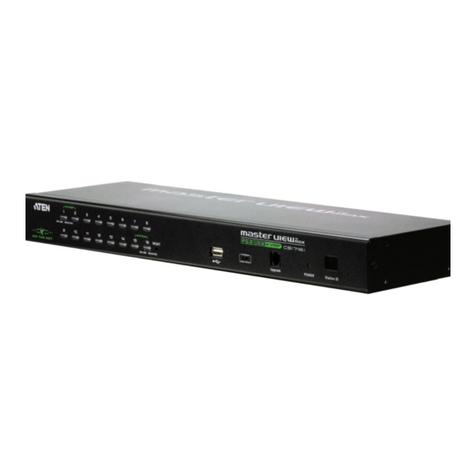
ATEN
ATEN CS1708i User manual
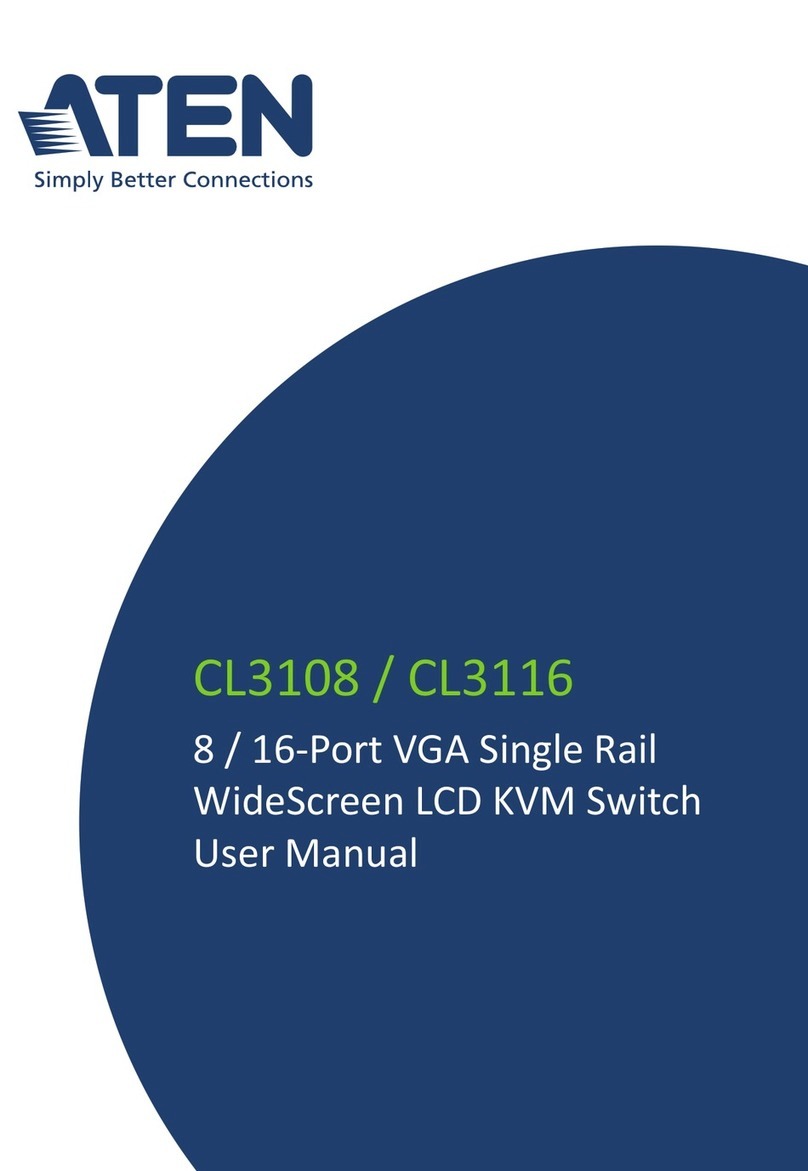
ATEN
ATEN CL3108 User manual
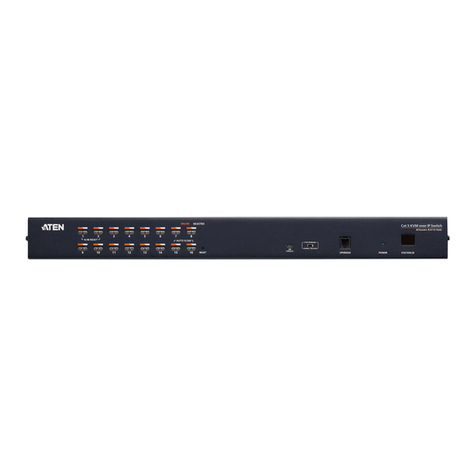
ATEN
ATEN KH1508Ai User manual
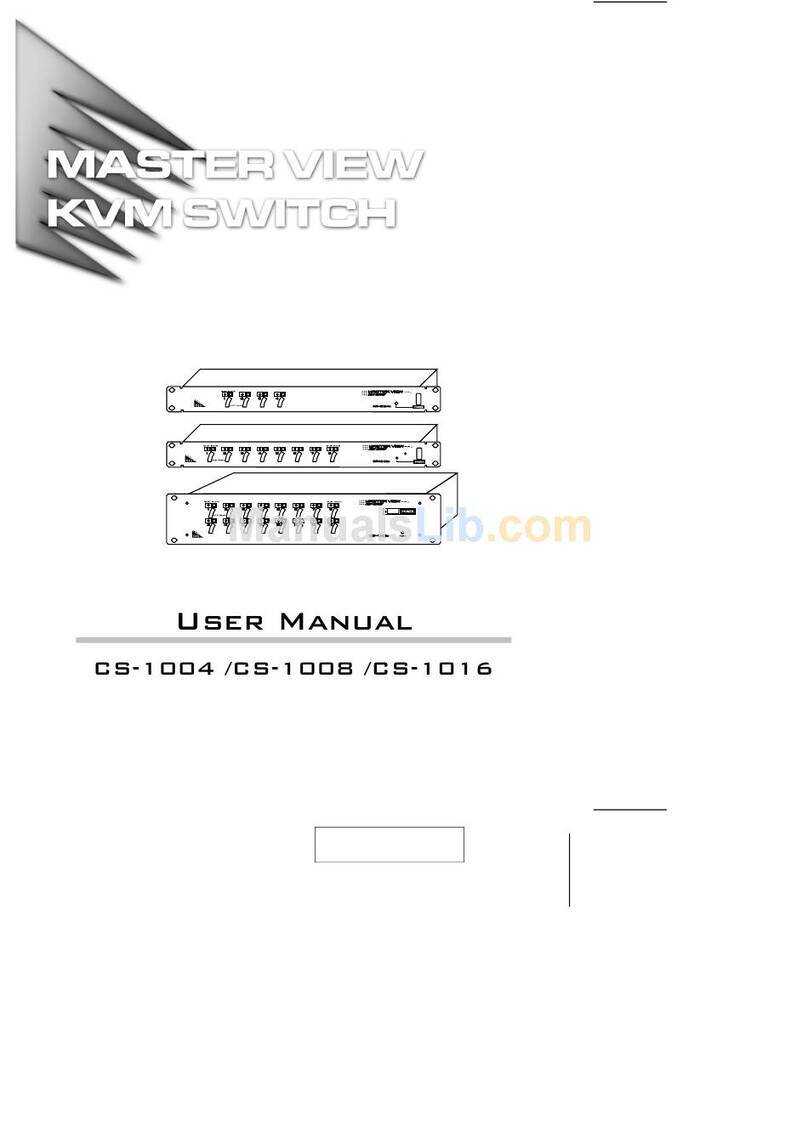
ATEN
ATEN Master View CS-1004 User manual
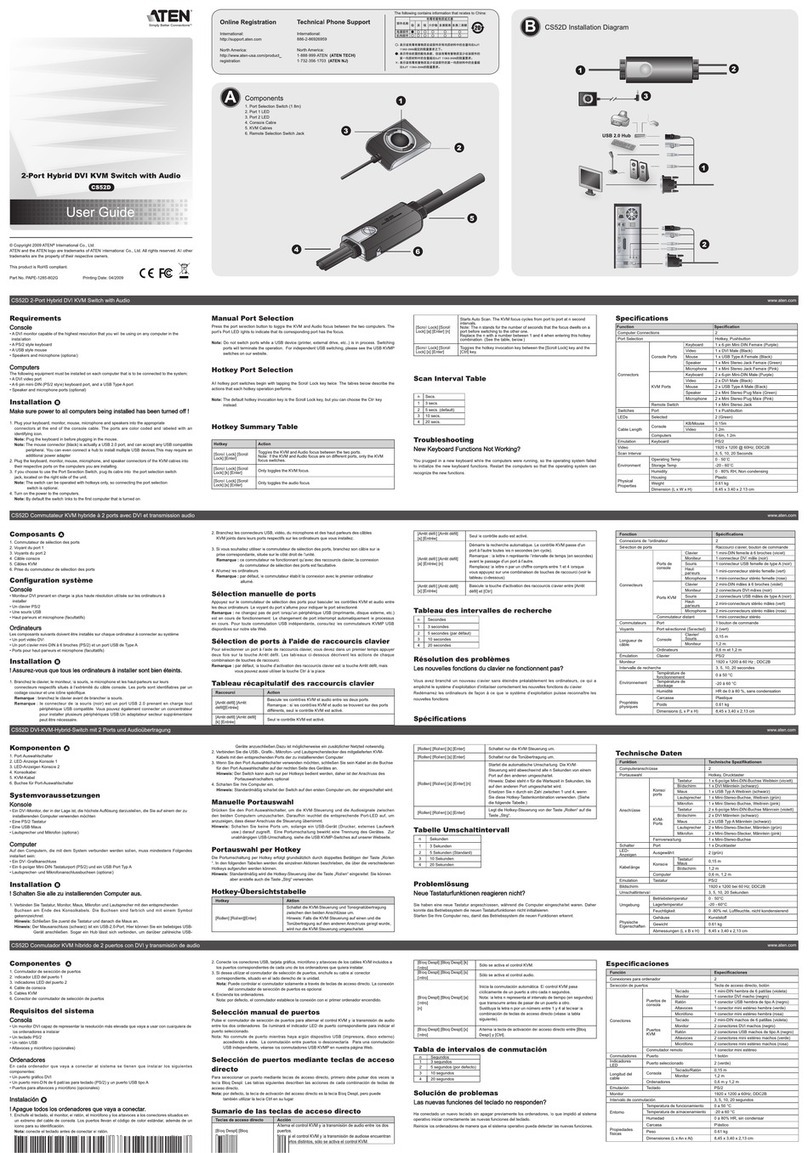
ATEN
ATEN CS52D User manual

ATEN
ATEN Slideaway CL5708 User manual

ATEN
ATEN Master View ACS-1208A User manual
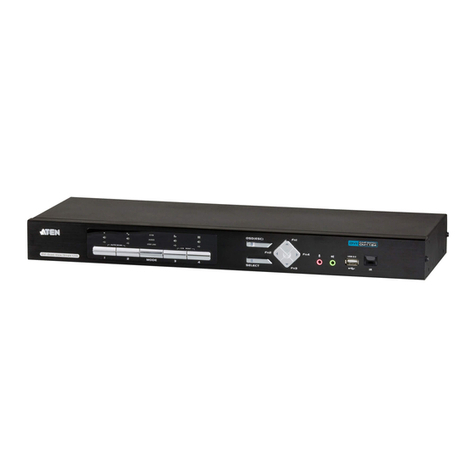
ATEN
ATEN CM1284 User manual

ATEN
ATEN Altusen KN2124V User manual

ATEN
ATEN VM7804 User manual
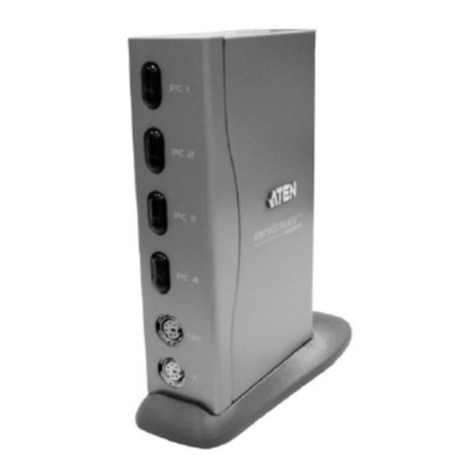
ATEN
ATEN CS-74M User manual
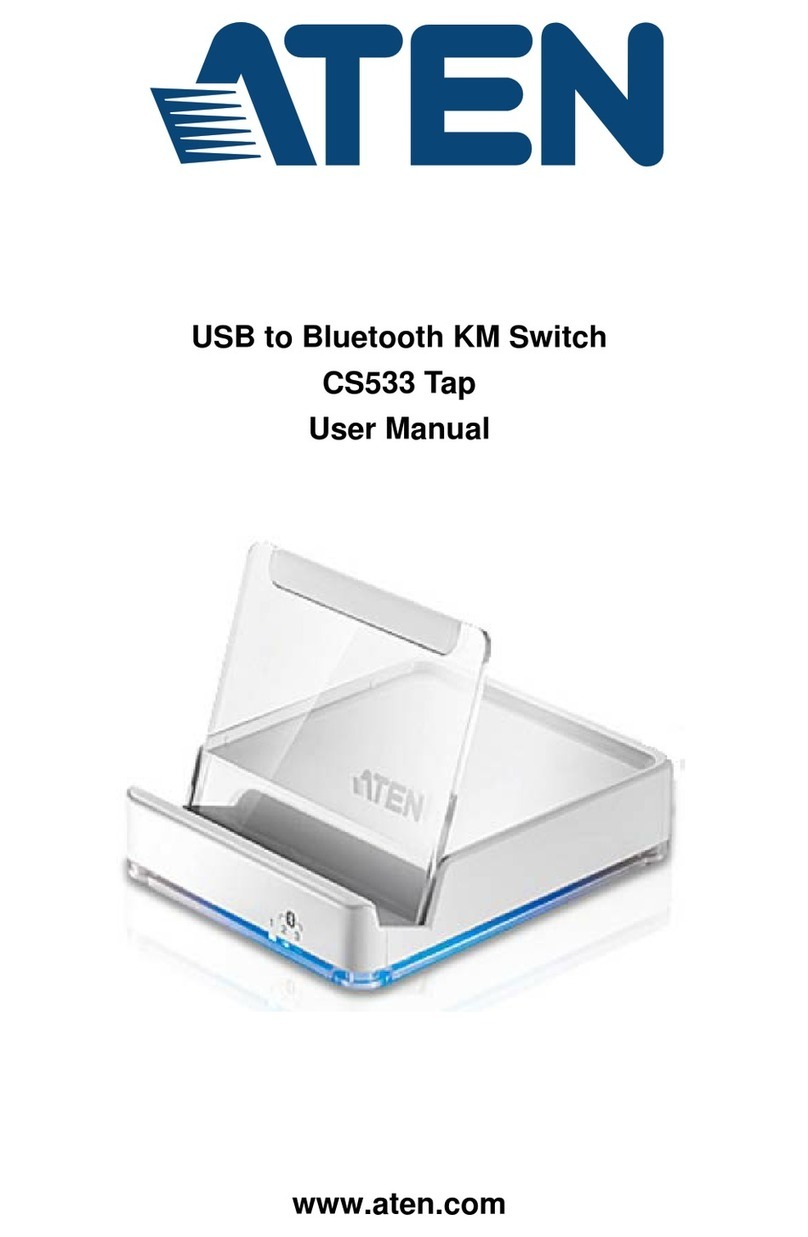
ATEN
ATEN CS533 Tap User manual
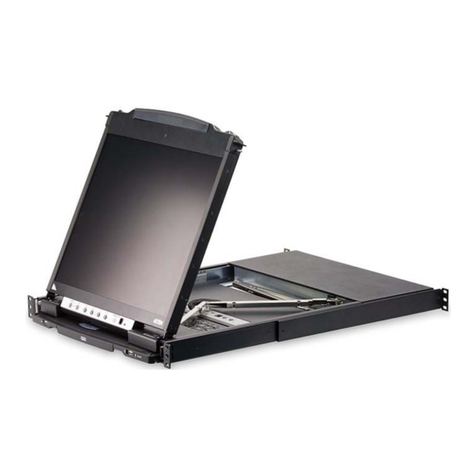
ATEN
ATEN CL5808 User manual

ATEN
ATEN Altusen Hideaway KL1116 User manual
Popular Switch manuals by other brands

SMC Networks
SMC Networks SMC6224M Technical specifications

Aeotec
Aeotec ZWA003-S operating manual

TRENDnet
TRENDnet TK-209i Quick installation guide

Planet
Planet FGSW-2022VHP user manual

Avocent
Avocent AutoView 2000 AV2000BC AV2000BC Installer/user guide

Moxa Technologies
Moxa Technologies PT-7728 Series user manual

Intos Electronic
Intos Electronic inLine 35392I operating instructions

Cisco
Cisco Catalyst 3560-X-24T Technical specifications

Asante
Asante IntraCore IC3648 Specifications

Siemens
Siemens SIRIUS 3SE7310-1AE Series Original operating instructions

Edge-Core
Edge-Core DCS520 quick start guide

RGBLE
RGBLE S00203 user manual
